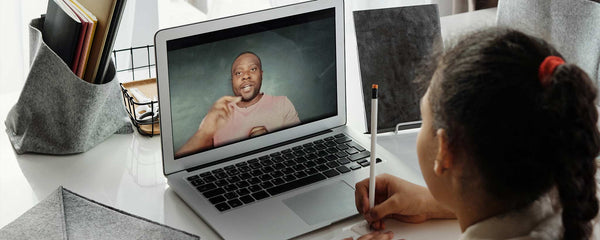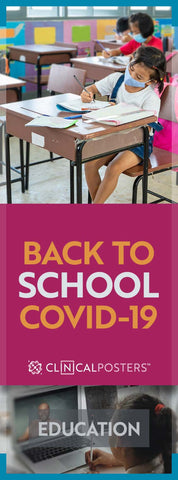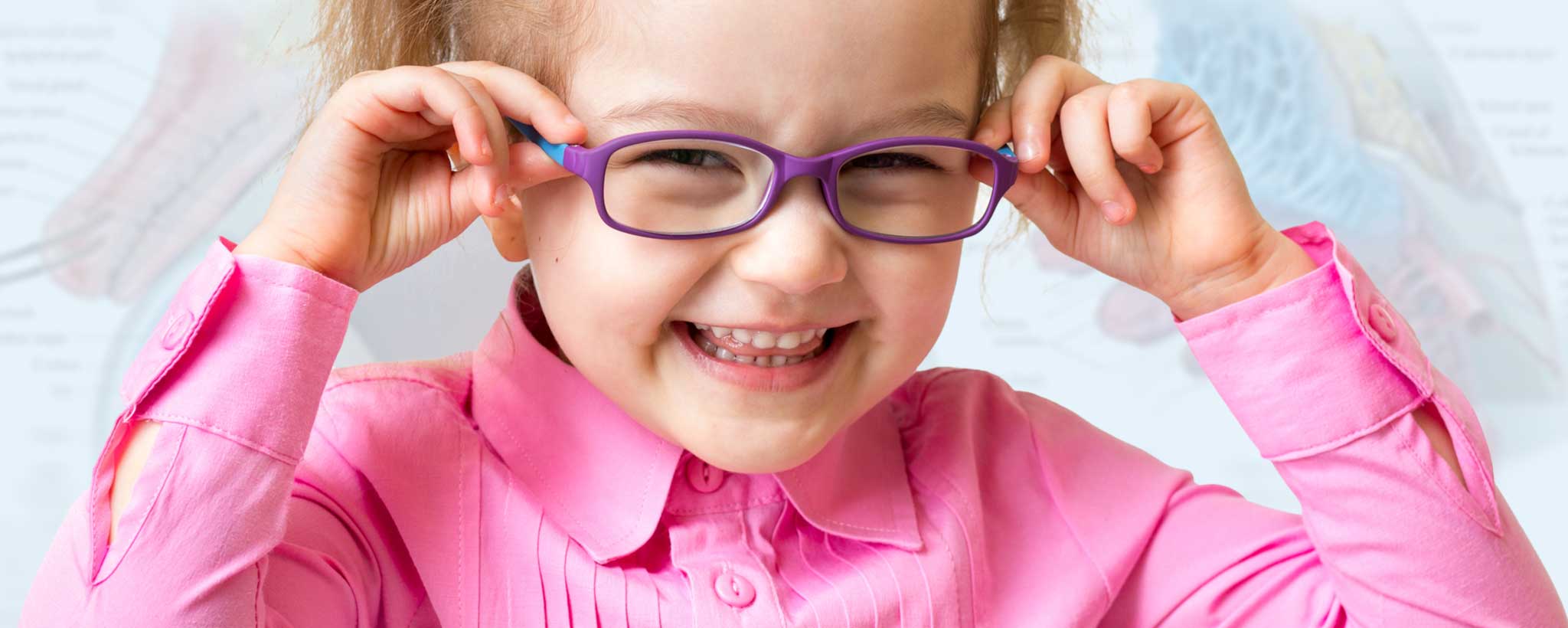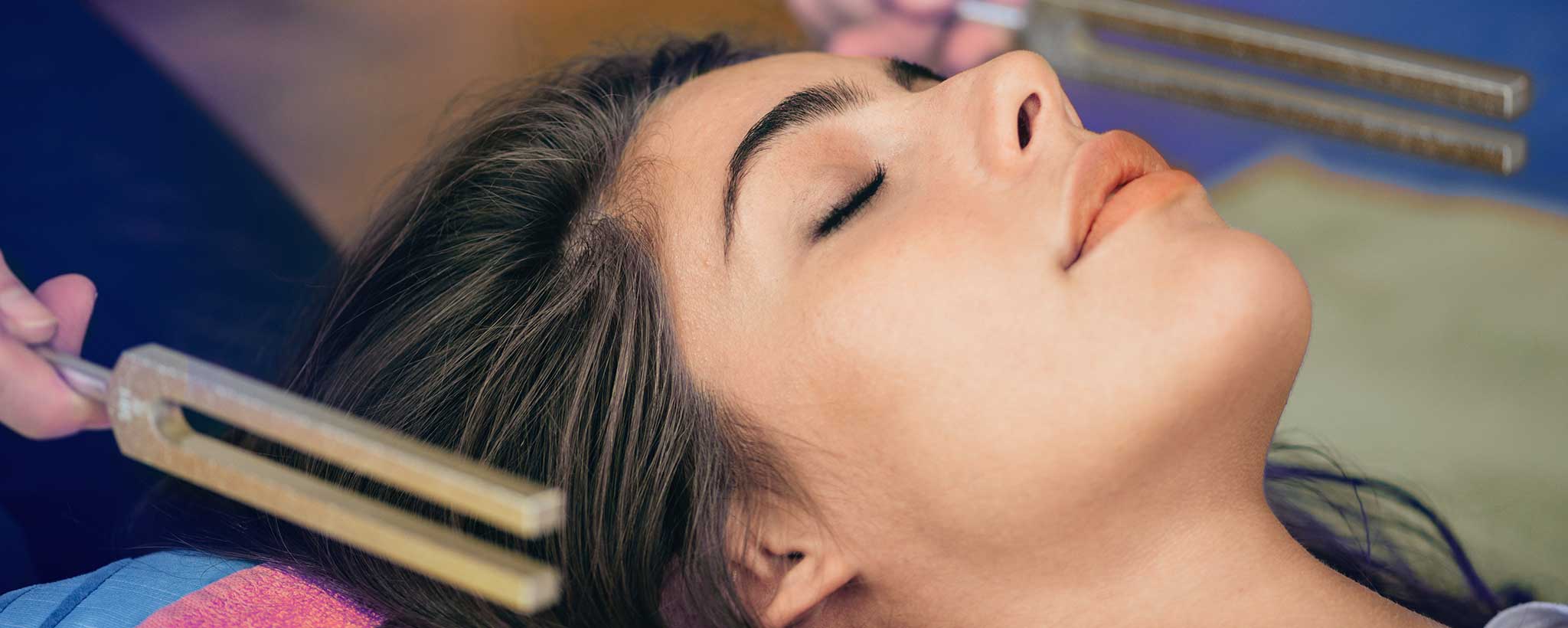In your area, the 2021 school year begins either virtually or in person. A hybrid program may involve staggering a couple of days per week for each student. The United States lacks consistency across the country. Whichever way schools resume, it poses challenges. If you are a teacher, you can envision problem areas.
Teachers miss their students and in-person teaching but worry about their health when they return to classrooms during the pandemic. As a result, some are either updating their last will and testament or making out new ones for the first time.
Others are setting up trusts for their families and taking out life insurance policies. Like nurses, teachers are poised to be front-line workers who risk their lives to educate our children. Cooperate with them in every way you can.

Remote classroom learning. Photo by August de Richelieu from Pexels.
Some Children Are Noncompliant
Both the top and bottom quarters of K–12 grades struggle with mask compliance. The youngest has a fascination for exploring their nasal cavities and putting everything in their mouths. Expecting them to wear face masks all day is optimistic. As far as hygiene goes, expect children to wear masks improperly (below the nose), lose them, touch them, and reuse ones that are soiled or should be discarded.
📰 September 10, 2020 – States have reported 513,415 cases of COVID-19 in children since the beginning of the pandemic. —Medscape
Teens asserting independence can be defiant. They participate in interactive risky behaviors, including vaping, kissing, sex, and communication without regard for social distancing. There are unconfirmed reports of youths sponsoring what is termed, “COVID parties.” Sheriff Russ Gibson told ABC affiliate WFTV that many young people were gathering at a house party either planning to catch the coronavirus—or simply not caring if they did. Such parties may be at a home or in the street. What happens when such irresponsible youths return to school?
Has there ever been a school year without campus fights? Teachers or administrators intervening to break up fights can come in physical contact with children. Masks may become dislodged and an open wound from a bite or scratch can result.
Masks Not Always Feasible
Whether children attend virtual or physical classrooms, masks will be part of your back-to-school attire. As a parent, you will be the liaison with school administrators and may need to work or run errands. High-filtration masks with three or more layers are safer but can be difficult to wear for hours.
Two-ply masks are more comfortable for long duration. When worn properly, there should be no air gaps around the nose, on the sides, or under the chin. Do not overlook safety glasses and/or face shields as part of personal protective equipment.
Many who are hard of hearing and those within sign language communities read the lips of people who are unable to sign. In such settings, a teacher might wear a clear face shield while respecting social distancing. Transcription apps are available under ideal circumstances. This requires the ability to read well, and quickly, and have a mobile device or computer during class with no background noise.
Small children have lungs with less capacity than adults. For anyone with chronic respiratory conditions, masking airways is not advisable. They benefit from social distancing with others around them wearing masks. You can rule out audio speech-to-text apps for a 5-year-old student where the teacher is explaining how to read.
“Every time there’s a positive case in a childcare, it’s handled a different way.”
Protocols for handling the presence of a person with Coronavirus vary. At one school, identification of a person with COVID-19 infection results in thorough sanitation with classes resuming in 2 days. Other campuses, may be shut down for 2 weeks. What we know about transmission among children will not be fully put to the test until class is in session.
📰 August 1, 2020 – Just hours into the first day of classes on Thursday, a call from the county health department notified Greenfield Central Junior High School in Indiana that a student who had walked the halls and sat in various classrooms had tested positive for the coronavirus. Anywhere that schools do reopen—outside of a portion of the Northeast where the virus is largely under control—is likely to see positive test results quickly, as in Indiana. —New York Times
It appears that children, especially younger ones up to 9 years old, are less likely than adults to transmit the virus to other children or to adults. As lungs get bigger and coughs become more forceful, the equation changes during middle school. Teenagers have a similar risk as adults. To date, more than 38,000 minors have contracted COVID-19 in Florida. Nine of them, aged 9–17, have died of coronavirus-related complications since the pandemic began. The larger risk on campuses is transmission among teachers, administrators, and janitors.
According to CDC guidelines, “People with intellectual and developmental disabilities, mental health conditions or other sensory sensitivities, may have challenges wearing a mask.” Some students or faculty are prone to epileptic seizures. Medication usually keeps them under control, to an extent. During an episode, clear the area of people or objects that obstruct movement. If someone is having a seizure or is in the recovery stage, it is helpful to remove their mask. This will help them to breathe easier. Wash your hands afterward—or any time you touch a mask.
Highlights From CDC Guidelines
According to the CDC, the risk of COVID-19 spread increases in school settings as follows:
- Low Risk: Students and teachers engage in virtual-only classes, activities, and events.
- More Risk: Small, in-person classes, where groups of students 6 feet apart stay together and with the same teacher throughout the day without sharing objects.
- High Risk: Full-sized, in-person classes, activities, and events. Students are not spaced apart, share classroom materials or supplies, and mix between classes and activities.
Schools may consider implementing several strategies to encourage behaviors that reduce the spread of COVID-19.
- Screen children with temperatures upon arrival.
- Educate staff and families about when they/their child(ren) should stay home.
- Reinforce handwashing with soap and water for at least 20 seconds (or use hand sanitizer when water is unavailable).
- Encourage staff and students to cover coughs and sneezes with a tissue. Used tissues should be thrown in the trash and hands washed immediately.
- Provide adequate cleaning supplies, cloth face coverings (as feasible), and no-touch/foot-pedal trash cans.
- Post signs in highly visible locations (e.g., school entrances, restrooms) that promote everyday protective measures and describe how to stop the spread of germs (such as by properly washing hands and properly wearing a cloth face covering).
- Clean and disinfect frequently touched surfaces within the school and on school buses at least daily or between use as much as possible.
- Broadcast regular announcements on reducing the spread of COVID-19 on PA systems.
The main points to keep in mind for schools reopening to children are social distancing, frequent sanitation, mask wearing, limiting group size, and avoid the sharing of objects. The CDC recommends checking the temperatures of everyone entering the campus. Consider also shining ultraviolet light on masks if you suspect them to be soiled. This does not kill the virus but alerts you when a fresh one is advisable. This is not an exhaustive checklist. Visit the links below on the CDC website for current guidelines.
To support the writing of useful articles about education, ClinicalPosters sells human anatomy charts, scientific posters, and other products online. You may sponsor specific articles or remit a small donation.
ClinicalPosters sells human anatomy charts, scientific posters, and other products online to offset expense of the writing useful articles about education. Slide extra posters into DeuPair Frames without removing from the wall.
Show your support by donating, shopping for ClinicalPins, or leaving an encouraging comment to keep the research going.
To support the writing of useful articles about education, ClinicalPosters sells human anatomy charts, scientific posters, and other products online. You may sponsor specific articles or remit a small donation.
ClinicalPosters sells human anatomy charts, scientific posters, and other products online to offset expense of the writing useful articles about education. Slide extra posters into DeuPair Frames without removing from the wall.
ClinicalPosters sells human anatomy charts, scientific posters, and other products online. You may remit a small donation.
You can support the writing of useful articles about education by sponsoring specific articles or remitting a small donation. Visible content is optimized for device size.






 Romance & Health Intertwine. Fall in love with a captivating romance miniseries that explores the essence of well-being. Become a ClinicalNovellas library member for heartwarming tales.
Romance & Health Intertwine. Fall in love with a captivating romance miniseries that explores the essence of well-being. Become a ClinicalNovellas library member for heartwarming tales.





